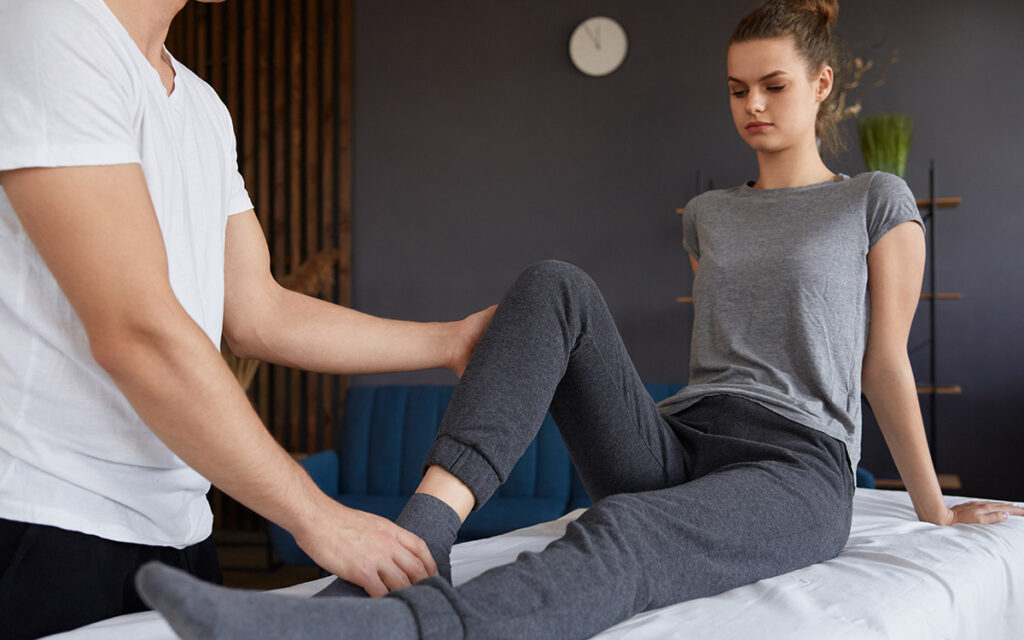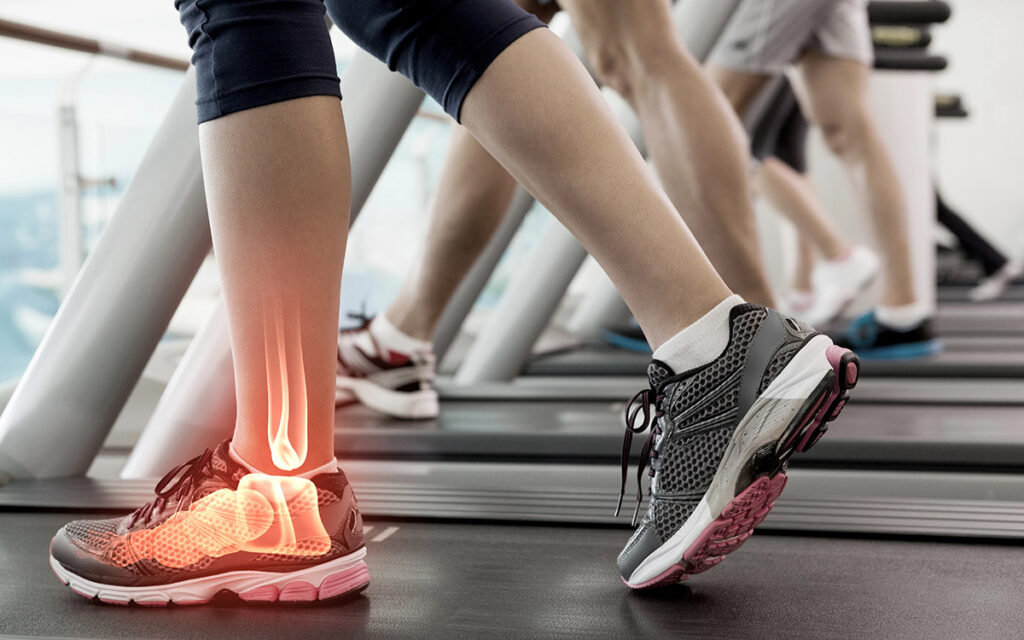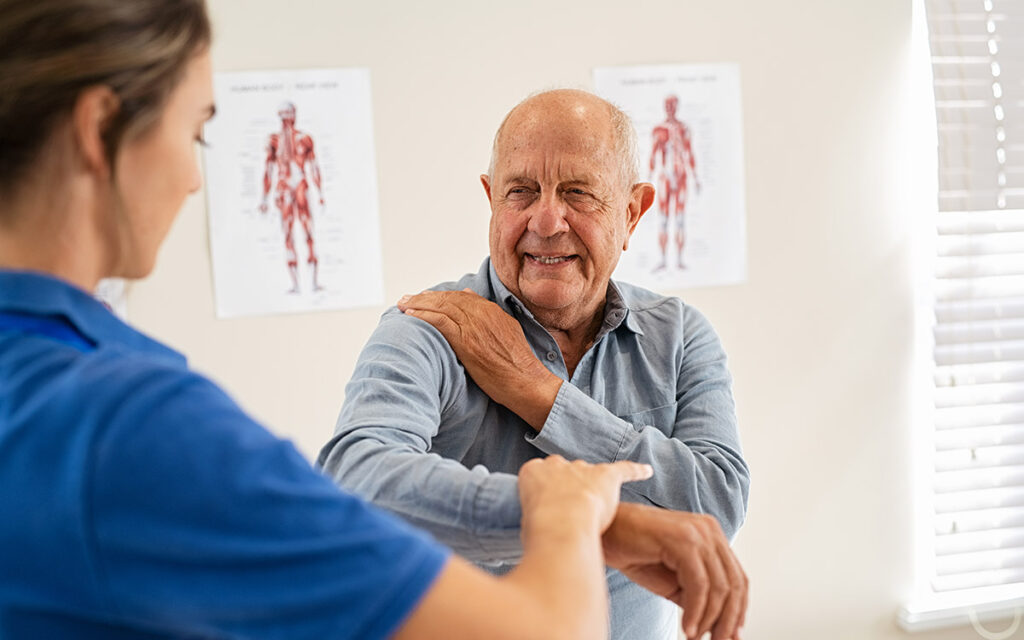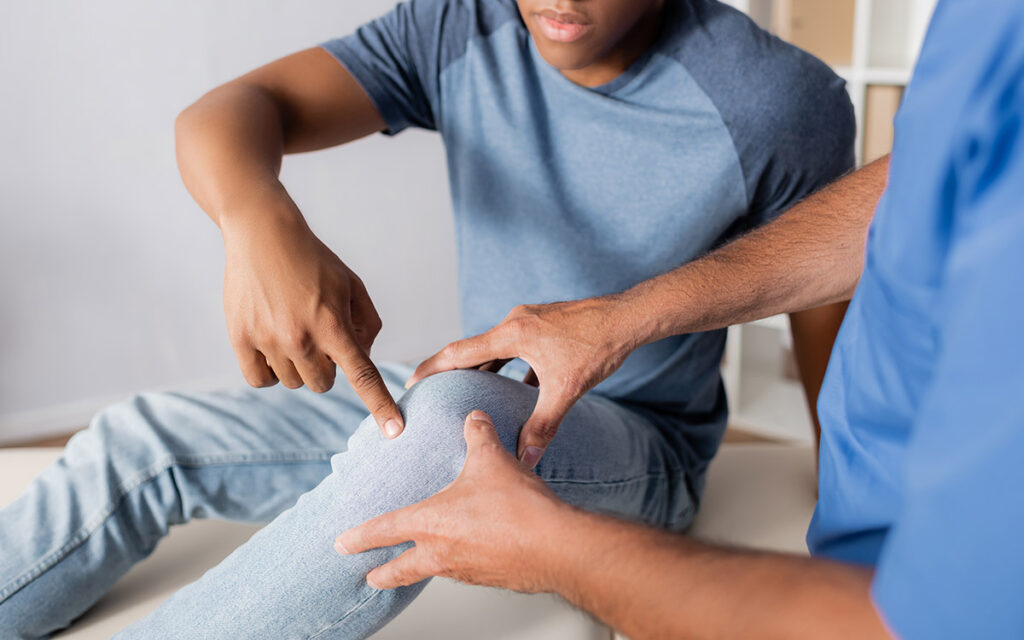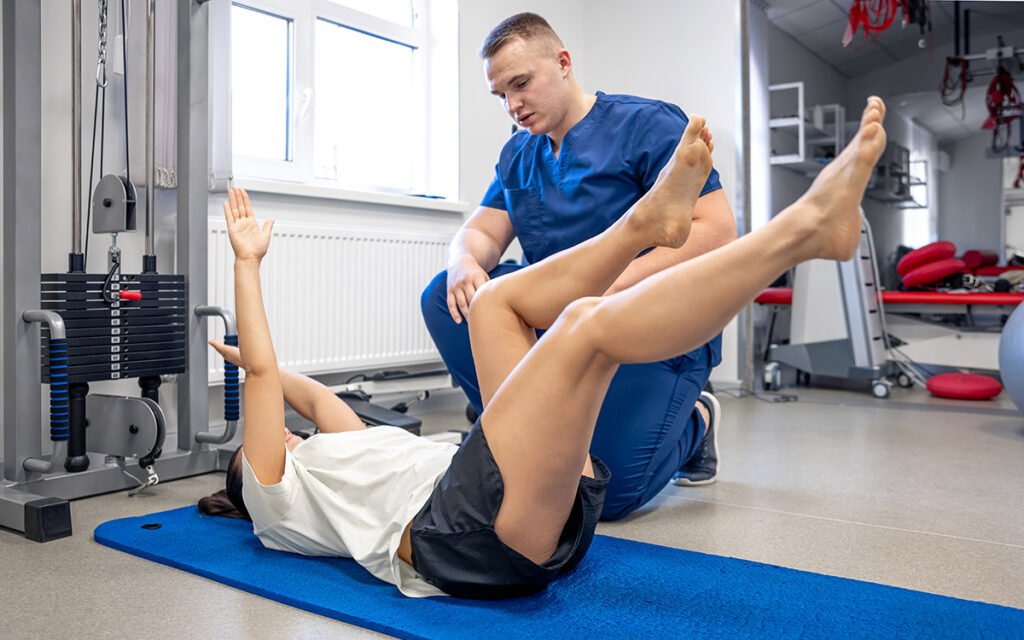The knees and hips are pivotal in maintaining mobility and stability within our bodies. Whether you’re an athlete, someone with a physically demanding job, or just looking to maintain healthy joint function as you age, strengthening these areas is crucial. This blog post will explore effective exercises that target knee and hip strength, improving both mobility and injury resistance.
At Oak Tree Orthopedics, we believe that preventative care is just as important as treatment. By integrating these exercises into your routine, you can enhance your joint health and overall quality of life.
1. Importance of Knee and Hip Strength
Strong knees and hips help maintain balance, ensure proper gait, and reduce the risk of falls and injuries. They are also crucial in absorbing the impact on your joints during activities such as walking, running, or climbing stairs.
- Joint Stability: Strong muscles around the knees and hips help stabilize the joints, reducing stress and preventing overuse injuries.
- Improved Mobility: Enhancing muscle strength can lead to better mobility, allowing for more freedom in daily activities and sports.
2. Exercises for Knee Strength
Building knee strength can be done through a variety of exercises that focus on the surrounding muscles, such as the quadriceps, hamstrings, and calf muscles.
- Leg Extensions: Sit in a chair with your feet on the floor. Slowly extend one leg until it is straight and hold for three seconds before lowering it. Repeat on the other side.
- Hamstring Curls: Stand behind a chair for support and bend your knee as much as possible, bringing your heel up toward your buttock. Hold, then slowly lower your leg.
- Step-Ups: Find a step or a stable platform. Step up with one foot, follow with the other, and step down in reverse. This exercise mimics everyday movements and strengthens multiple muscle groups.
3. Exercises for Hip Strength
The hips are supported by the gluteal muscles, hip flexors, and the muscles of the inner and outer thigh. Strengthening these can help alleviate pressure on the knees and lower back.
- Bridges: Lie on your back with your knees bent and feet flat on the floor. Lift your hips to create a straight line from your knees to your shoulders. Hold for a few seconds, then lower slowly.
- Side Leg Raises: Lie on your side with legs stacked. Lift the top leg up while keeping it straight, then lower it back down slowly. This exercise targets the outer thigh and hip abductors.
- Standing Hip Extensions: Stand and hold onto a chair or counter. Gently extend one leg back without bending your lower back. Hold the position, then return to the start. Repeat on both sides.
4. Advanced Exercises for Joint Health
Once basic strength has been established, more advanced exercises can further enhance knee and hip stability.
- Squats: A fundamental exercise that strengthens the entire lower body. Ensure proper form to prevent stress on the knees.
- Lunges: Effective for engaging hip flexors and the muscles around the knee. Alternate legs to build strength symmetrically.
- Pilates and Yoga: These practices focus on core strength, flexibility, and overall body awareness, which contribute to joint health and stability.
Conclusion:
Strengthening your knees and hips is an investment in your body’s long-term health and functionality. At Oak Tree Orthopedics, we recommend integrating these exercises into your routine three to four times a week to see noticeable improvements in strength, stability, and mobility. Remember, consistency is key to maintaining joint health and preventing injuries. If you’re unsure about how to start or if certain exercises are safe for you, please consult with one of our specialists.
FAQ’s
How often should I perform these exercises?
For best results, aim for three to four times a week. This frequency allows for muscle recovery and strength building.
Can these exercises help if I already have knee or hip pain?
Yes, these exercises can help alleviate pain by strengthening the muscles that support your joints. However, consult with a healthcare professional before starting any new exercise regimen.
Are there any precautions I should take while performing these exercises?
Always focus on maintaining proper form to avoid putting unnecessary strain on your joints. Start with lower intensity and increase gradually as your strength improves.
What should I do if I feel pain during these exercises?
If you experience sharp or persistent pain, stop the exercise and consult with a healthcare professional. It’s important to differentiate between muscle fatigue and pain that could indicate an injury.
